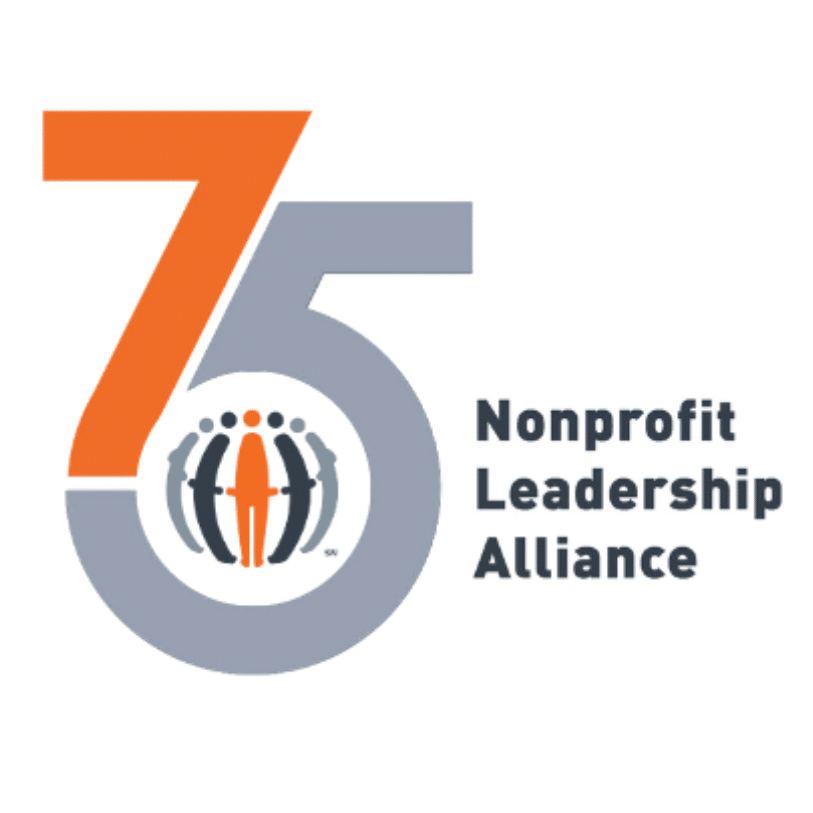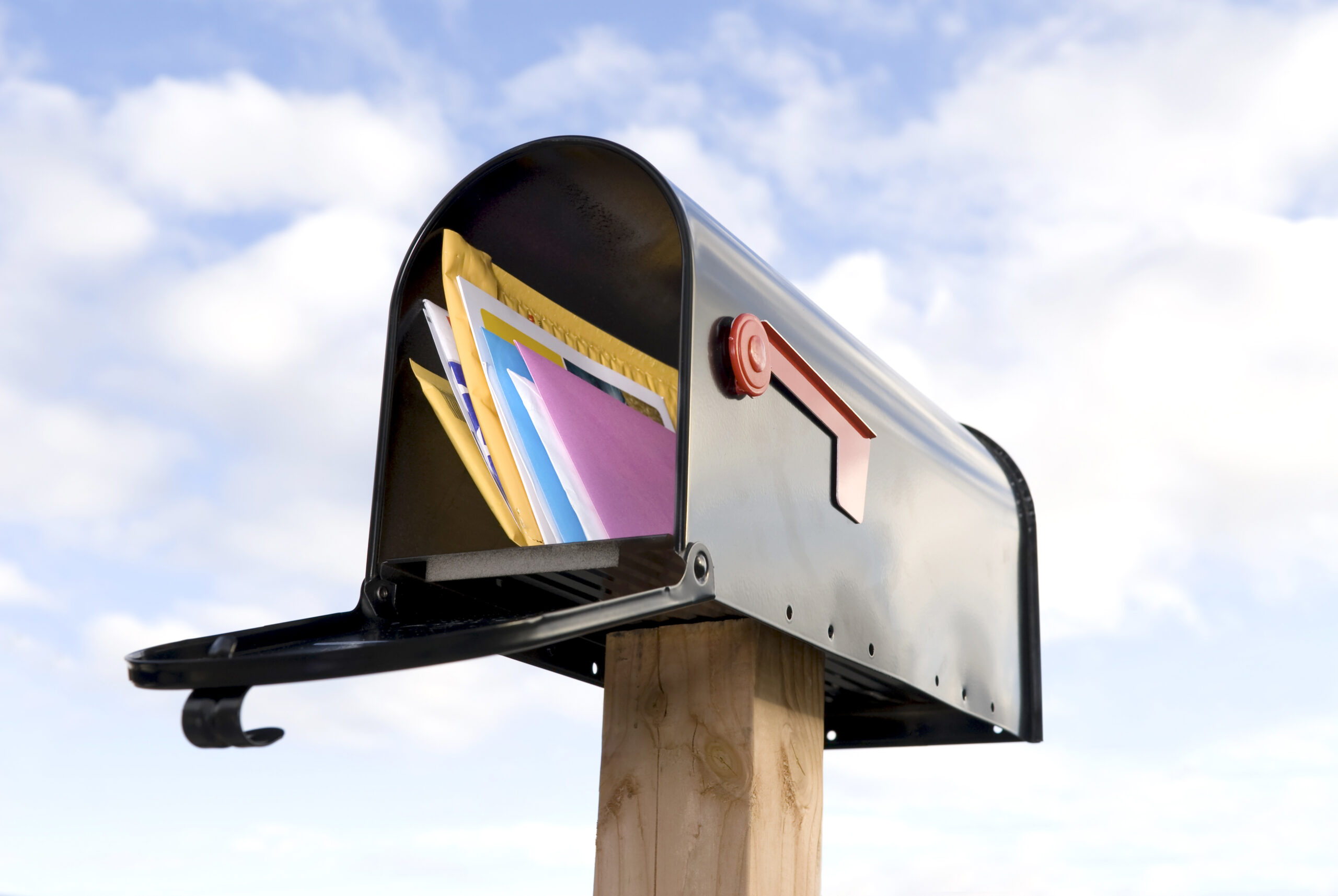Although technology has transformed communication, there’s still something special about receiving a letter in the mail. The anticipation of opening an envelope addressed to you creates a unique connection. For nonprofits, direct mail appeals remain crucial—it allows you to engage supporters personally and earn their backing for fundraisers and other initiatives.
Whether your team is new to direct mail appeals or needs a refresher, hosting a dedicated training session can elevate your marketing and fundraising efforts. Here are some strategies to consider:
- Incorporate virtual training resources
- Leverage fundraising appeal templates
- Equip your team with the tools they need to learn
- Work with a dedicated direct mail platform
By crafting a strategic approach to direct mail appeals, your nonprofit team can incorporate this approach with other marketing channels such as email and social media to enhance future fundraising and marketing campaigns. Let’s take a closer look at these strategies.
1. Incorporate virtual training resources
Many nonprofits are shifting from in-person to online training as a way to save money and encourage team members to learn and grow in their roles. Virtual training is the perfect avenue to get your team members up-to-speed with direct mail appeals because it is:
- Convenient: Team members can work on training courses at their own pace. Some professionals even prefer digital learning to in-person training because of the ability to take their education into their own hands.
- Accessible: Your staff members can access study materials from anywhere with an internet connection using any device.
- Affordable: No need for printed materials, venue rentals, or presentation equipment as you would for an in-person training session, making this a highly affordable option.
To train your team, you can create online educational courses or host a complete virtual training session using a live streaming platform. You might consider bringing in a few guest speakers to share the success they’ve had with direct mail appeals.
In your direct mail training courses, be sure to highlight the benefits of this outreach method (personalization, direct communication, etc.) so team members have a clear understanding of its advantages and why you’re incorporating it on an organization-wide level.
2. Leverage fundraising appeal templates
Using templates to craft your fundraising letters can significantly enhance your direct mail efforts. By standardizing the letter-writing process and training your team to input specific information into a well-structured template, you’ll save time and maintain consistency.
Components of Your Direct Mail Template:
- Personalized Greeting:
- Utilize the information stored in your constituent relationship management (CRM) system to find supporters’ preferred names. Address each letter personally to create a warm connection.
- Example: “Dear [Supporter’s Preferred Name],”
- Compelling Story Section:
- Stories are powerful marketing tools that resonate with supporters. Share a vivid, specific story about how your nonprofit made a difference.
- Highlight the impact of donor funding and create a sense of urgency.
- Example: “Last year, thanks to generous donors like you, we helped Sarah—a single mother facing eviction—secure stable housing for her family.”
- Call to Action (CTA):
- Clearly state what you want the reader to do. Align the CTA with your campaign goal.
- You could request a specific donation amount or direct them to visit your online giving page.
- Example: “We invite you to join us in making a difference. Your donation of [specific amount] will directly support [specific cause or project]. You can donate online at [website link] or by mailing a check to the address above.”
- Warm and Conversational Tone:
- Strike a friendly, approachable tone throughout the letter. Make it feel like a personal conversation.
- Encourage readers to take action and be part of your mission.
- Example: “Thank you for being part of our community. Together, we can create positive change.”
- Multiple Donation Mentions
- Remind readers where they can donate or connect with your organization.
- Include website links, mailing addresses, and social media handles.
- Example: “Visit our website at [website link] to make a secure online donation. You can also mail a check to the address above. Follow us on [social media platforms] for updates and inspiring stories!”
In your training sessions, you can brainstorm with your team to create a direct mail template for your own nonprofit, then have team members practice creating your fundraising letters. Team members will be able to take ownership and pride over these letters and know how to adjust them to fit future campaigns.
3. Equip your team with the tools they need to learn
Beyond one-off training sessions and live webinars, consider implementing a learning management system (LMS) for your nonprofit. Here’s why it’s beneficial:
- Self-Paced Learning:
- Team members juggle multiple tasks. Self-paced learning allows them to engage with educational content at their convenience.
- No rigid schedules—just progress at their own speed.
- Standardization of Training:
- Store all training materials in one centralized location within the LMS.
- Ensure consistency and cohesion across your organization’s educational resources.
- Peer-to-Peer Communication:
- Facilitate discussions among team members.
- Features like discussion boards enhance information absorption and foster collaboration.
- Future Ready Platform:
- Use the LMS to upload new educational materials.
- When it’s time for another training session, team members will already be familiar with the system.
If your organization is committed to providing ongoing opportunities for team members to learn and grow as leaders within your nonprofit, learning management software will set you up for future success. These systems help equip your team members with a better understanding of your organization and what it takes to run a nonprofit in general, allowing them to contribute more specialized skills to your cause.
4. Work with a Dedicated Direct Mail Platform
If you don’t have the manpower to print, pack, and send your own direct mail appeals, this is when a direct mail partner can come in handy. Here’s why it’s beneficial:
- Streamlined Process:
- Direct mail vendors bundle every aspect of the mailing process, from printing to postage.
- Save time and resources by avoiding individual tasks.
- Optimized Appeals:
- Dedicated direct mail professionals assist with details like paper type and color selection.
- Strengthen your fundraising campaigns while saving costs.
- Campaign Variety:
- Direct mail partners offer options for different appeals (fundraising asks, volunteer sign-ups, event invitations).
- Centralize campaign launches for efficiency.
- Focus on Your Mission:
- Let experts handle the logistics, allowing your team to concentrate on your nonprofit’s core work.
Remember, even well-crafted direct mail appeals benefit from synergy. Align the language in your letters with your digital marketing efforts (email newsletters, social media). Each platform complements the other, reaching diverse audiences for a magnified impact.
Explore learning management and direct mail platforms to empower your team and enhance your outreach. Best of luck!
Did you enjoy this story?
Get nonprofit tips and tools delivered right to your inbox by joining The Nonprofit Leadership Alliance Newsletter. Our bimonthly newsletter will make sure you know what’s happening with our network of social sector leaders.
Optimizing the Donor Journey with Your Website: 5 Steps
In today’s fundraising landscape, your nonprofit’s website is more important than ever for facilitating the donor journey. Why? It’s simple—online giving rose from almost 8% of total giving in 2022 to over 12% in 2023
Training Your Nonprofit Team to Use Direct Mail Appeals
Although technology has transformed communication, there’s still something special about receiving a letter in the mail. The anticipation of opening an envelope addressed to you creates a unique connection. For nonprofits, direct mail appeals
Strategic Nonprofit Growth: Navigating the 7 Stages
Established nonprofit organizations play a vital role in addressing social issues, driving positive change, and enriching communities. However, even organizations with a long history of impact must continue to evolve, adapt, and innovate to remain



